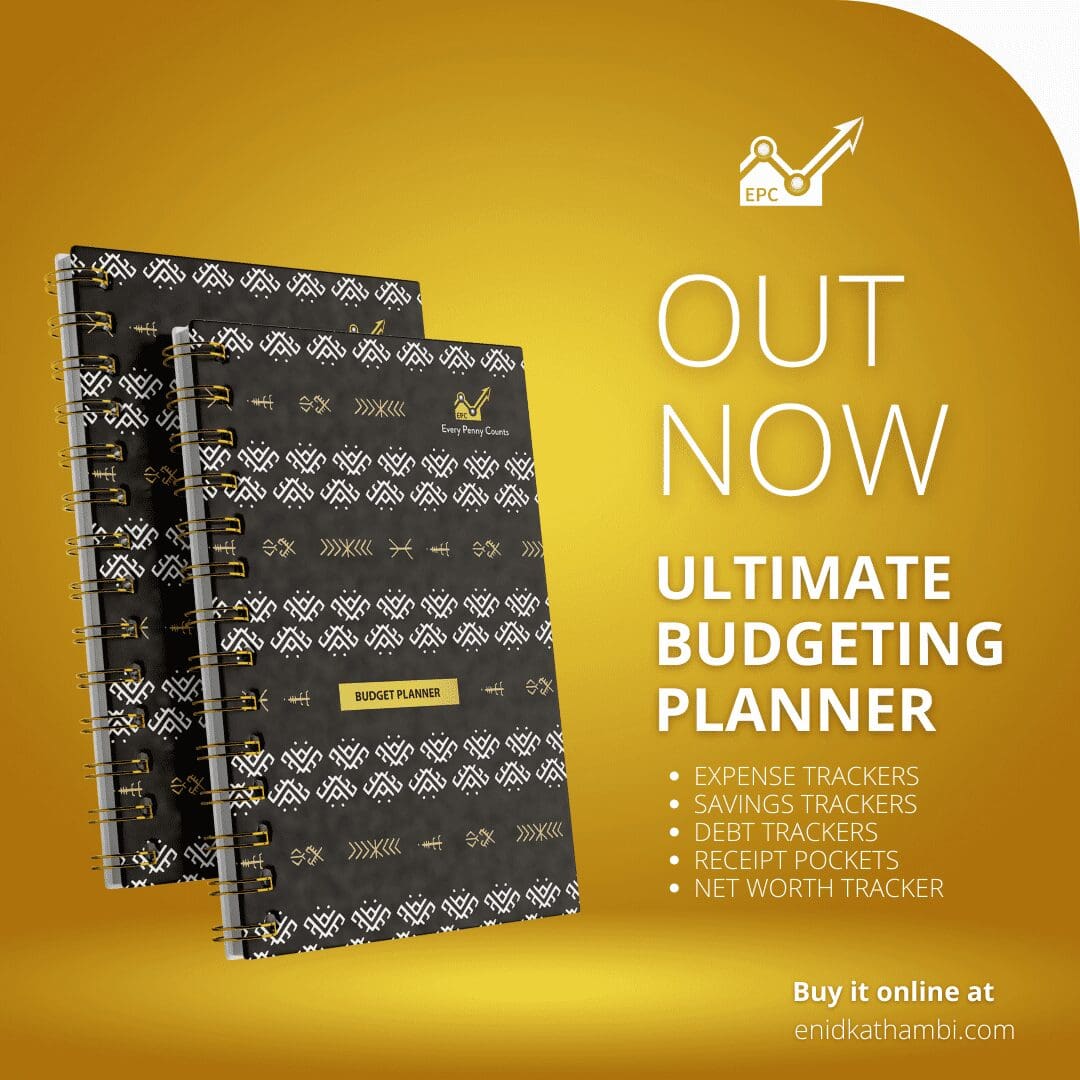
How to Create a Payday Routine in 4 Easy Steps
Do you have a payday routine? You know, a set of tasks or activities you indulge in before or when your monthly pay kicks in?
Now that it’s the end of the month, many of you are receiving or have already received your monthly paycheck. It also means it’s an excellent opportunity to take a sit back and create a payday routine. So, let’s talk about payday routines and why they are necessary.
How to Create Your Payday Routine
Although we are referring to this as a payday routine, it is not a process that starts when your salary hits the account. A payday routine is nothing like waiting for that bank notification, and you begin crediting funds for bills, shopping and whatever expenses come to mind.
No. You must have a plan in place that acts as a guide for your spending, savings and investments.
That guide is a budget.
Don’t have one yet, or are you just starting your financial journey? Then it’s time to choose a budgeting strategy and create a budget before proceeding.
A payday routine.
Here’s a payday routine to follow, once you have set up your budget;
1. Start by Reviewing Your Previous Month’s Budget
First, review and close your previous month’s budget. Think of it as a way to know what worked or did not work during the last month. It will help you make the necessary adjustments.
For instance, if spending for a particular category has increased, you can investigate why the increase, e.g., increased cost of food prices or buying more takeout. Then, look for ways to reduce that expense or other areas to cut to make up for this increase in the following month.
Related read: What To Do If a Budget Is Not Working For You
2. Reviewing Your Income for the Month
This step will be easier if you have a fixed income, e.g., employment income. At this point, you just want to confirm whether your net pay has changed from the previous month. If it has, what was the cause, and is it a legitimate cause? For example, your net income could have increased due to bonuses, higher commissions, or a salary boost. Or, you might be getting lower pay due to increased taxes and statutory or loan deductions. Whatever the case, you must ensure the money debited to your account is correct since it will impact how much you spend, save and invest.
For freelancers like yours truly, we have more work to do. First on the list is ensuring you have invoiced your clients for work done during the month. The earlier you send that invoice, the sooner you receive your payment. Second, recheck any jobs you might have completed and invoiced but have yet to receive payments for. I know how stressful and disheartening it can be to keep chasing payments, but you can treat this as an opportunity to remind your client/s they still owe you.
Besides income from work, you must take into account interest and dividend earnings from investments. Regardless of whether you are reinvesting or spending your interest and dividend earnings, you must include these amounts in the income section of that particular month. Then, allocate it as planned within your budget planner for better accountability.
3. Create a Budget for the Month
You must create a budget for the current month before you start spending your income. The previous month’s budget is an excellent guide. That’s why you needed to review it first before doing anything else. Then, use it as a guide for what you can allocate into each spending category, savings, investments and debt payments.
You also need to readjust the budget based on the earnings for the month. You may be bringing in less this month, meaning your budget will be on the negative side. Or you have earned more, so you have extra money to spare this month. What do you do? Lean on your budget and consider it your money-planning whisperer. It will tell you where you need to reduce the money or where to put in the extra funds and help you reach your financial goals.
Finally, you have to decide whether you will be carrying forward balances from the previous month’s budget. Sometimes, you have some funds left over from the last month’s salary. One option is to let that money sit in your current account. You can use it in the future for emergency spending. Alternatively, you can carry it forward and incorporate it into the current month’s budget.
And now feels like the right time to shamelessly plug in my budget planner and spreadsheet tools that can help you create a solid and successful payday routine. I recommend this spreadsheet, which includes a debt snowball tab and a priority worksheet. These two tabs will help you manage your debt, prioritize spending, and see how much you can save. Plus, it also allows you to incorporate balances from your previous month’s budget.
4. Executing Your Budget Plan for the Month
Now that you have a budget plan for the month, you can get right into what your fingers have been itching to do — spending the money.
Listen to your budget, aka, money plan for the month. How much did you plan to save or invest? Send the amounts to each saving and investment account. How much should you pay your creditors? What’s the budgeted spending for each bill and expense? Pay those falling due and set money aside for other expenses, e.g., fuel, transport, grocery and household shopping. If you are not good with accountability, it helps to have a separate bank account for these expenses. That way, you can send the planned amount for these bills and expenses to that account and not mix it with the rest of your money.

“Ultimate Annual Budget Spreadsheet with Debt Snowball”







